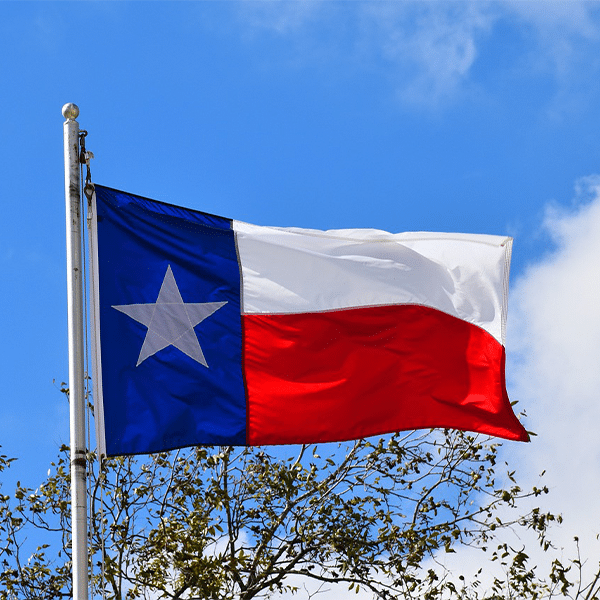The Texas Broadband Development Office (BDO) has instituted a competitive $30 million grant program to bring low earth orbit (LEO) satellites to rural areas of the state.
The funding will come from the state’s Broadband Infrastructure Fund. The BDO says that it will release an official solicitation in the spring. The program initially will focus on unserved areas not addressed by the Bringing Online Opportunities to Texas (BOOT) program, which focuses on fiber.
As the name implies, LEOs are closer to earth than geosynchronous satellites. This enables them to target smaller areas and provide more interactive services.
“Expanding broadband access is critical to the economic prosperity and social well-being of all Texans,” Texas Comptroller Glenn Hegar said in the announcement about the satellite broadband grants. “This grant program will leverage the power of LEO satellite technology to connect unserved communities and ensure Texans in remote areas of the state have the opportunity to thrive in the digital age sooner than traditional programs may allow.”
In addition to the Texas satellite broadband grant program, LEOs have emerged as a potentially significant technology.
Last month, T-Mobile said it began open registration for beta testing of T-Mobile Starlink, a partnership between the two companies that will provide coverage of the 500,000 square miles of the United States outside the range of cell towers.
Last August, Starlink, which is a wholly-owned subsidiary of Elon Musk’s SpaceX, scored well in a survey by Recon Analytics of predominantly rural people. The survey compared Starlink to Starlink to DSL, AT&T Fiber, Verizon FiOS, Comcast, Charter, Cox, Optimum, Frontier, AT&T Internet, CenturyLink, T-Mobile FWA, and Verizon FWA.
Starlink led in three categories (Internet speed, whether the subscriber had to reset their router, and whether devices disconnected from the network). It was second to fiber in reported outages
AST SpaceMobile is another LEO provider. It said last January that it had entered into an agreement for long-term access to up to 45 MHz of lower mid-band spectrum in the United States for direct-to-device satellite applications. In October, the company said their first five satellites, launched in the previous month, have successfully unfolded their solar panels.
The company reported that the successful unfolding of the satellites is ahead of schedule.



